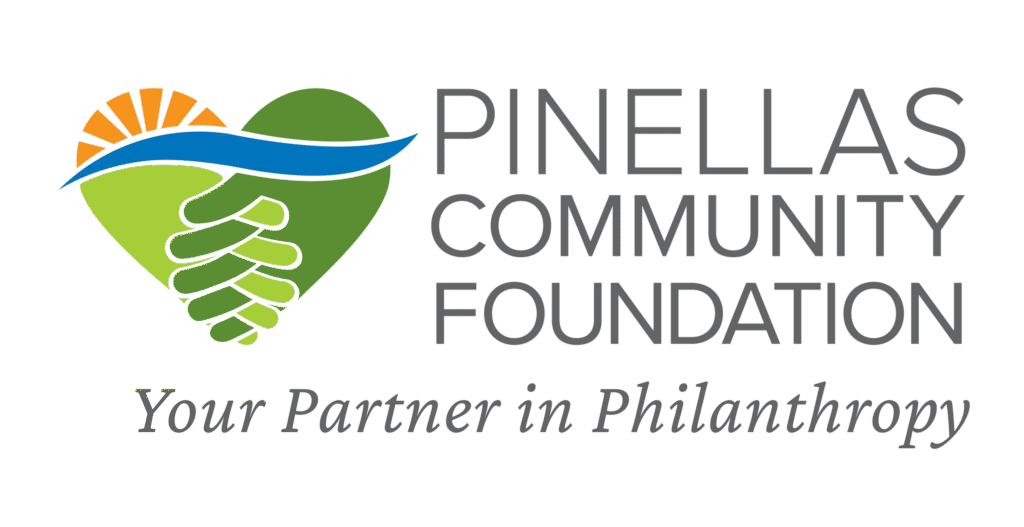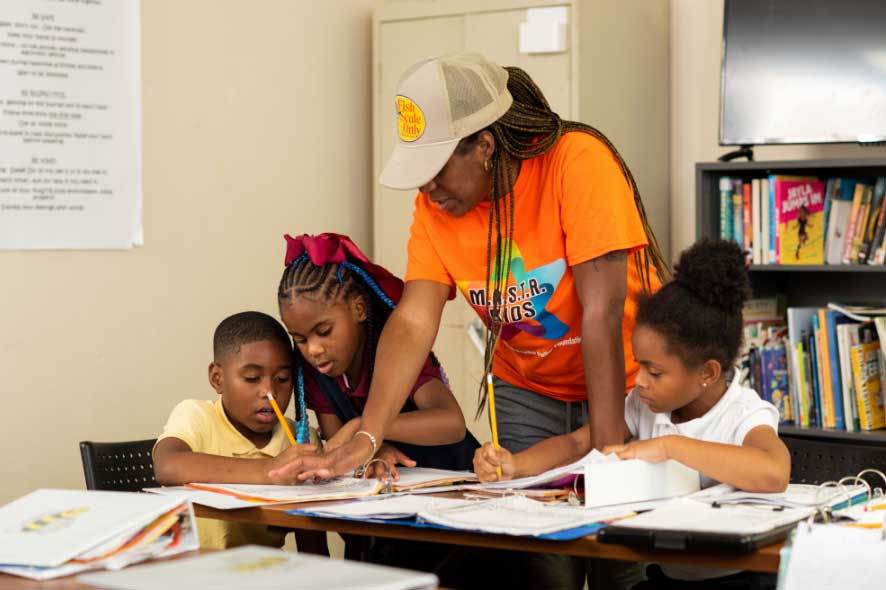How to capture your community’s transformation, connect with funders, and inspire new supporters.
In the world of nonprofits, number have power; but stories create change.
Nonprofit leaders and grant recipients know this well. They’re juggling metrics, deliverables, outcomes, and reports, all while doing the hear-driven work of serving their communities. But amid the spreadsheets and logic models, there is something more compelling; and too often underused.
Storytelling.
At Pinellas Community Foundation (PCF), we believe that nonprofits don’t just deliver services, they change lives. And while data shows the breadth of your impact, stories reveal the depth. They bring your mission to life, making the invisible visible and the complex human. Whether you’re applying for grants, reporting on outcomes, or seeking donor support, storytelling is one of the most effective tools you have.
In this article, we’ll walk you through:
- Why storytelling matters for grants and fundraising
- How to find and shape powerful stories
- Practical exercises for your team
- A few tips to make your story stick
- How to share your story with PCF; and be included in our Giving Hub
Why Storytelling Matters for Nonprofits
Funders, donors, and volunteers all want to know: What difference does this make?
They don’t just want to know how many meals were served or students were mentored. They want to know what happened in someone’s life as a result. They want to see the spark of change.
That’s where stories come in.
Storytelling:
- Builds emotional connection with donors and funders
- Makes your work memorable and meaningful
- Adds context to your data and outcomes
- Shows, rather than tells, your values and impact
- Helps your community see themselves in your mission
And storytelling doesn’t just benefit funders, it helps you reconnect with the “why” behind your work. It re-energizes your team and reminds you that what you’re doing matters, every day.

Grant Reporting: Story + Data = Greater Impact
Most grant reports require outcomes, numbers served, and objective measurements. But behind every number is a name, and behind every name, a journey.
Here’s an example:
| “25 individuals completed the workforce readiness program.”
vs.
| “Tasha, a single mother of two, hadn’t held steady employment in over five years. After completing your workforce readiness program, she was offered a full-time role with benefits at a local nonprofit, her first steady job in years.”

Donor Support: Stories Lead to Giving
Research shows that emotionally compelling stories are more effective at driving donations than statistics alone. Donors often act not because of the size of the problem, but because they seem themselves in one person’s experience.
Stories:
- Inspire trust and credibility
- Help new audiences understand your impact
- Create urgency and connection
- Drive action, like donations, shares, or volunteering
The most successful fundraising appeals include a personal story first, followed by the ask. Donors want ot feel their impact, and stories make that possible.
Three Practical Storytelling Exercises for Your Team
You don’t need to hire a journalist to tell great stories. You just need to be intentional and observant.
Here are three team-friendly exercises to help you surface stories in your everyday work.
The Ripple Effect Map
Draw a ripple or circle diagram and place your program in the center. Then brainstorm outward:
- Who is directly impacted?
- Who benefited indirectly?
- What changed for them?
- What changed for their community?
This helps reveal stories that may not be immediately obvious, and can also help with grant reporting.
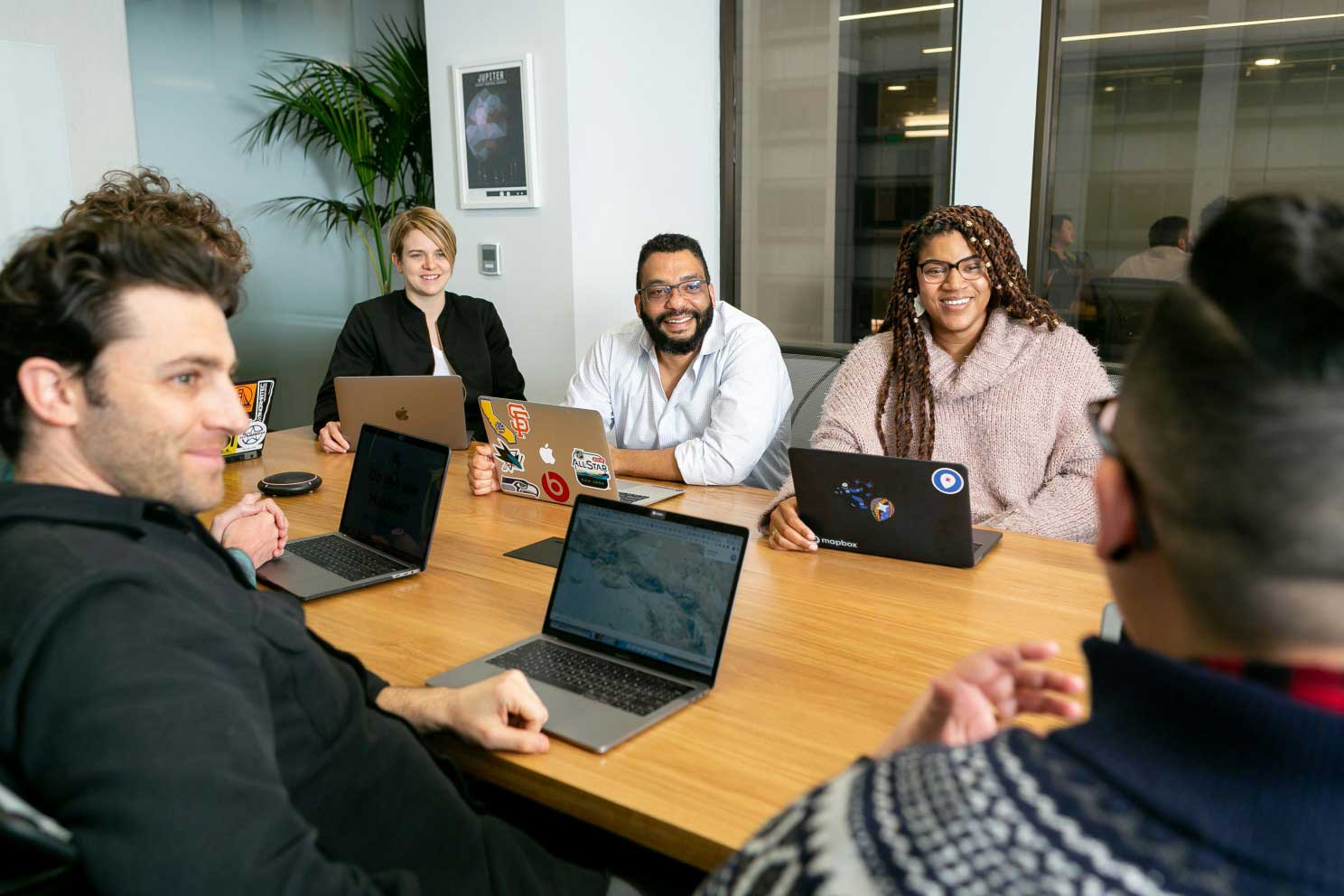
Before and After Journals
Ask a participant, client, or staff member to answer three questions in writing:
- What was life like before they connected with your organization?
- What changed as a result?
- What does life look like now?
These short reflections can become powerful story fragments or quotes.
5W+1H Impact Interview
Ask a staff member or program participant:
- Who are you?
- What brought you here?
- Where did this change happen?
- When did you notice a shift?
- Why did it matter?
- How did it change your life?
Their answers can be used in newsletters, reports, social media, or appeal letters.
Storytelling Through Images
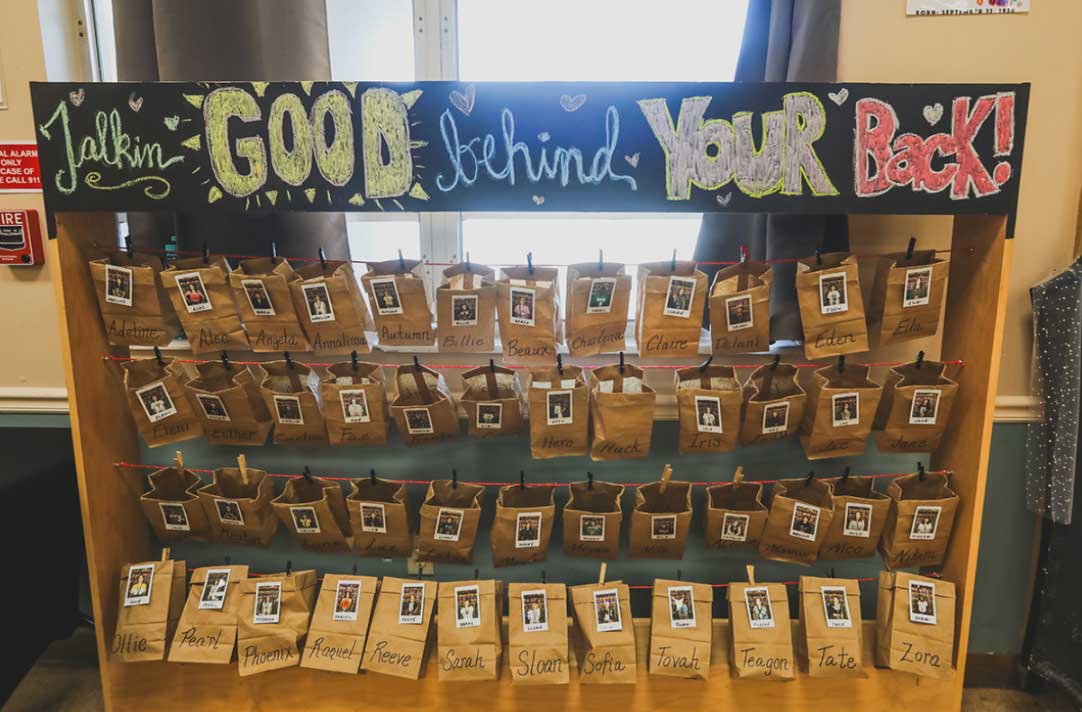
A great photo can say more than paragraphs ever could. That’s why PCF encourages all grantees and community partners to submit photos alongside stories, especially when reporting on grant outcomes.
Tips for better impact photos:
- Use your phone’s back camera in landscape mode
- Capture real moments, not just posed photos
- Focus on meaningful interactions
- Avoid cluttered backgrounds
- Get permission before sharing any identifiable photos (especially of minors)
Photos can elevate your report, inspire your audience, and get you featured in PCF communications like newsletters, social posts, and our website.
Storytelling Do’s & Don’ts
Here are some best practices to help your stories stay meaningful and respectful:
DO:
- Center the voice of the person whose story you’re telling
- Ask permission and use consent forms when needed
- Lead with transformation, not just hardship
- Include a quote, even if it’s short
- Pair with a photo, if possible
DON’T:
- Share someone’s trauma without context or consent
- Rely only on vague language
- Focus only on data without human connection
A Storytelling Habit Worth Building
Start asking this question in your monthly team meetings:
| Who has changed because of our work… and how?
Just one response a month gives you real, powerful stories each year.
What PCF Can Do to Amplify Your Story
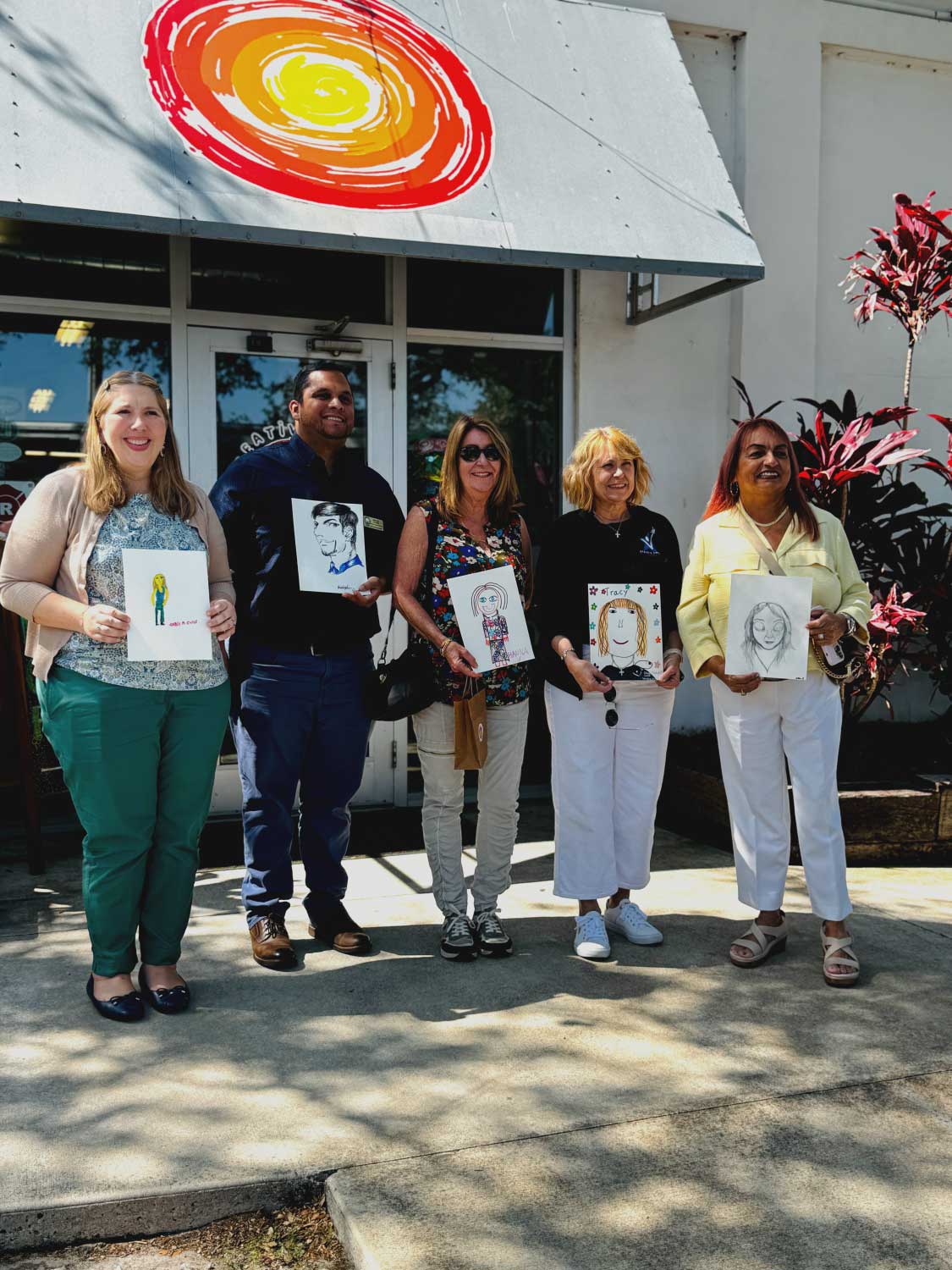
At Pinellas Community Foundation, we want to help you share your impact with a broader audience. As a grantee or nonprofit partner, you may have the opportunity to:
- Be included in our Giving Hub
- Be featured in our monthly newsletter
- Participate in PCF’s social media storytelling efforts
- Schedule a site visit from our team for photo an story collection
Ready to Share Your Story?
Email giving@pinellascf.org to learn how your organization can be included in the Giving Hub. Because your mission matters, and the community deserves to hear it.
